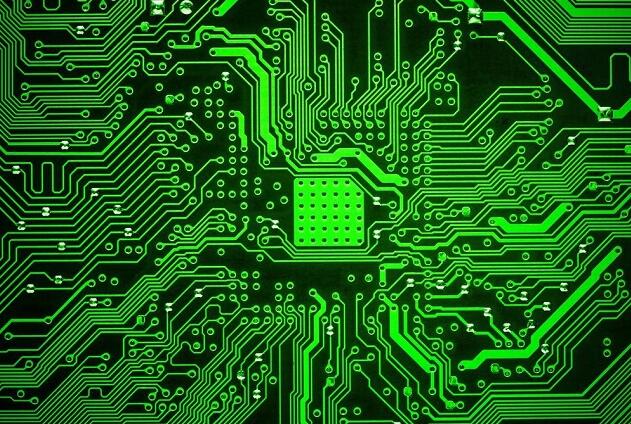Talking about PCB wiring rules and skills explanation
In PCB design, wiring is an important step to complete product design. It can be said that the previous preparations are done for it. PCB wiring includes single-sided wiring, double-sided wiring and multilayer wiring. There are also two ways of wiring: automatic wiring and interactive wiring. Today, let a professional engineer explain the PCB wiring rules and skills for you in detail?
Treatment of power supply and ground wire
The interference caused by improper handling of the power supply and ground wire will degrade the performance of the product and sometimes even affect the success rate of the PCB product. Therefore, the wiring of the power supply and ground wire should be taken seriously, and the noise interference generated by the power supply and ground wire should be minimized to ensure the quality of the product. The specific approach is as follows:
(1) Add a decoupling capacitor between the power supply and the ground wire.
(2) Widen the width of power and ground wires as much as possible. The relationship between them is ground wire>power wire>signal wire. Usually the signal wire width is 0.2~0.3mm, the smallest width can reach 0.05~0.07mm, and the power cord is 1.2~2.5mm.
(3) For the PCB of the digital circuit, a wide ground wire can be used to form a loop.
(4) It is made into a multilayer board, and the power supply and ground wire occupy one layer each.

2. Common ground processing of digital circuit and analog circuit
There are many PCBs that are not a single function circuit, but are composed of a mixture of digital and analog circuits. Therefore, it is necessary to consider the mutual interference between them when wiring, especially the noise interference on the ground wire.
The frequency of the digital circuit is high, and the sensitivity of the analog circuit is strong. For the ground wire, the PCB has only one node to the outside world, so the problem of digital and analog common ground must be dealt with inside the PCB; and the digital ground and analog ground inside the board are actually separated, but the PCB is connected to the outside world At the interface (such as plug, etc.), there is only one connection point between the digital ground and the analog ground.
3. The signal line is laid on the electric (ground) layer
When wiring a multilayer printed board, because the signal line layer is not completely laid out and there is not much space left, adding more layers will cause waste. To solve this contradiction, you can consider wiring on the electrical (ground) layer. The power layer should be considered first, and the ground layer second.
4. Treatment of connecting legs in large area conductors
In large-area grounding (electricity), the legs of common components are connected to it. In terms of electrical performance, it is better to connect the pads of the component legs to the copper surface, but there are some hidden dangers to the soldering and assembly of the components: 1. Welding requires a high-power heater; 2. It is easy to cause virtual solder joints. Therefore, both electrical performance and process requirements are made into cross-patterned pads, commonly known as thermal pads. In this way, it is possible to greatly reduce the possibility of virtual solder joints due to excessive cross-section heat during welding.
5. The role of the network system in wiring
In many CAD systems, the wiring is determined based on the network system. The grid is too dense, although the number of channels has increased, it will inevitably have higher requirements on the storage space of the equipment, and it will also have a great impact on the computing speed of electronic products. Too sparse grids and too few channels have a great impact on the distribution rate. Therefore, there must be a well-spaced and reasonable grid system to support the wiring.
6. Design rule check (DRC)
After the wiring design is completed, it is necessary to carefully check whether the wiring design is reasonable. The general inspection has the following aspects:
(1) Is the distance between the line and the line, the line and the component pad, the line and the through hole, the component pad and the through hole, and the distance between the through hole and the through hole reasonable?
(2) Is the width of the power cord and ground wire appropriate? Is there a tight coupling between the power supply and the ground wire? Is there any place in the PCB where the ground wire can be widened?
(3) Are there separate ground wires for the analog and digital circuits?
(4) Will the graphics (such as icons, annotations) added to the PCB afterwards cause signal short circuits?
(5) Is there any process line on the PCB? Does the solder mask meet the requirements of the production process? Is the solder mask size appropriate? Is the character mark pressed on the device pad, etc.?